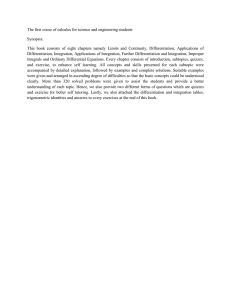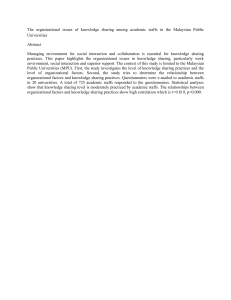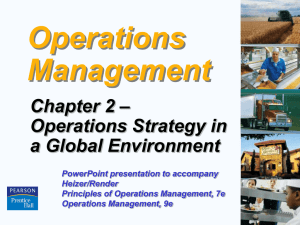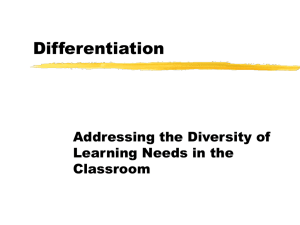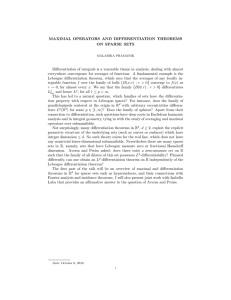Change Management-MBA625 LECTURE # 11 PHASE 4
advertisement
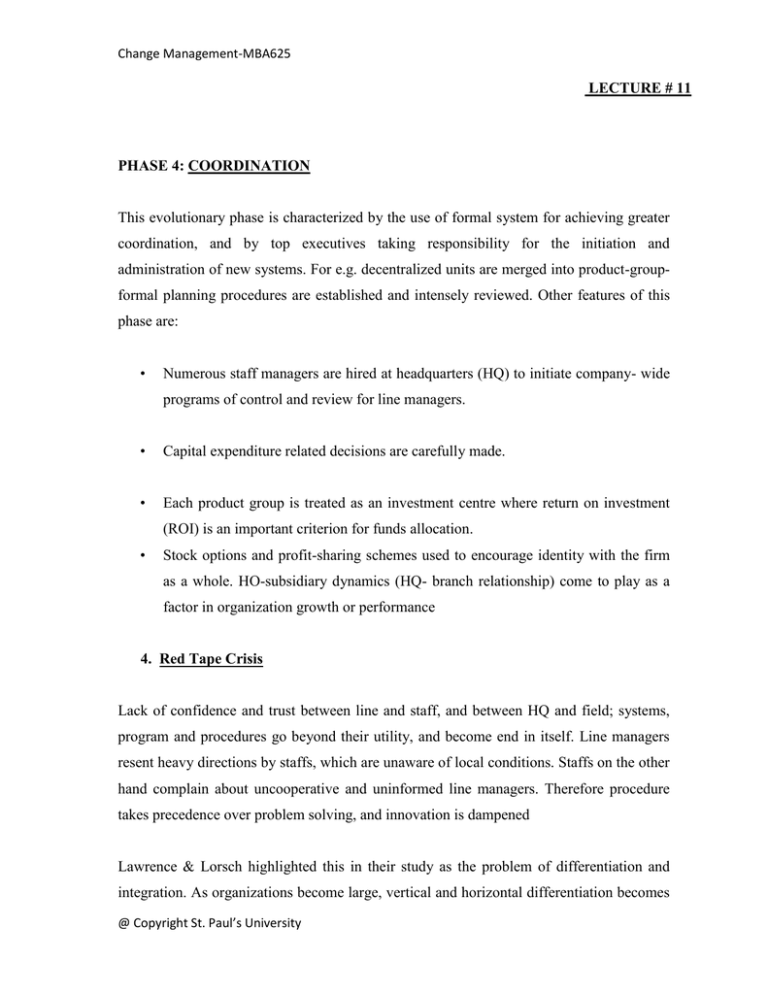
Change Management-MBA625 LECTURE # 11 PHASE 4: COORDINATION This evolutionary phase is characterized by the use of formal system for achieving greater coordination, and by top executives taking responsibility for the initiation and administration of new systems. For e.g. decentralized units are merged into product-groupformal planning procedures are established and intensely reviewed. Other features of this phase are: • Numerous staff managers are hired at headquarters (HQ) to initiate company- wide programs of control and review for line managers. • Capital expenditure related decisions are carefully made. • Each product group is treated as an investment centre where return on investment (ROI) is an important criterion for funds allocation. • Stock options and profit-sharing schemes used to encourage identity with the firm as a whole. HO-subsidiary dynamics (HQ- branch relationship) come to play as a factor in organization growth or performance 4. Red Tape Crisis Lack of confidence and trust between line and staff, and between HQ and field; systems, program and procedures go beyond their utility, and become end in itself. Line managers resent heavy directions by staffs, which are unaware of local conditions. Staffs on the other hand complain about uncooperative and uninformed line managers. Therefore procedure takes precedence over problem solving, and innovation is dampened Lawrence & Lorsch highlighted this in their study as the problem of differentiation and integration. As organizations become large, vertical and horizontal differentiation becomes @ Copyright St. Paul’s University Change Management-MBA625 pronounced. The problem at this stage is higher the differentiation, higher will be the need for integration. PHASE 5: COLLABORATION To overcome crisis of red-tape crisis – strong inter-personal collaboration is suggested in this phase. Now the question is; what is the difference between Phase 4 of Coordination and Phase 5 of collaboration? The difference is that Coordination phase was managed more through formal system and institutional procedures while Phase 5 (collaboration emphasizes greater spontaneity in managerial actions through teams and the skillful confrontation of interpersonal differences. Social control and self-discipline take over from control. This transition is very difficult for those who create and believe on the formal methods of report and answers. The phase evolution builds more flexible and behavioral approach to management. Here are some of its features: • The focus is on problem-solving quickly through team-thinking and team-actions • Teams are combined across-functions • HQ-staff experts are reduced in numbers-combined in cross-functional teams to consult (not to direct) field units • Formal systems and procedures are simplified to focus on tasks • Conference of key managers are held on major organizational issues • Reliance on educational and training programs for conflict-resolution and better team work • Real-time information system are integrated into daily decision-making @ Copyright St. Paul’s University Change Management-MBA625 • Rewards are geared more towards team performance than individual achievement • Experiment with new practices are tolerated and encouraged The Crisis What will be the revolution in this stage of evolution? Many large and mature multinational (MNCs) are in this phase. Any way whatever the answer is, the sole focus is that each evolutionary period culminates into a revolutionary period, which is short and spasmodic and transformative for the existing managerial system, and the processes are never ending and perpetual ones. For Compulsory and Further Readings 1. Miles Raymond E., Organization Development Reading 8.1 2. _________ Developing an Organization that contribute to long run effectiveness Chapter 8 3. Greiner, Larry E., Evolution and Revolution as Organizations Grow Reading 8.2 4. Also published in HBR July – Aug 1972 (can be accessed through J-Store HEC Digital Library) 5. Drucker, Peter F, The Need to Prepare for Growth, Reading 8.3 @ Copyright St. Paul’s University Change Management-MBA625 @ Copyright St. Paul’s University Change Management-MBA625 @ Copyright St. Paul’s University
